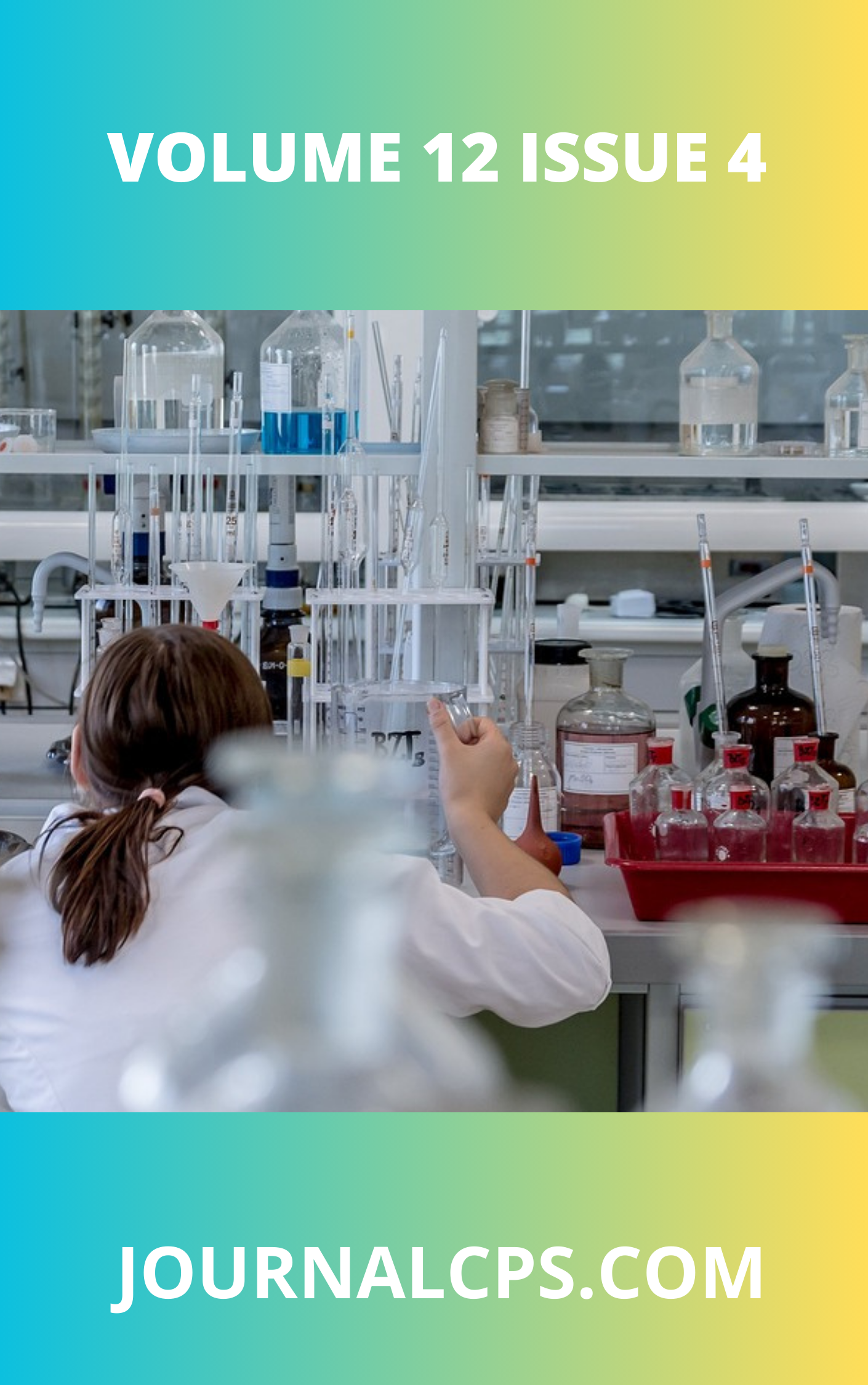Enhancing AgBiS2 Solar Cell Efficiency: Buffer Layer Comparison and Parameter Optimization
Keywords:
Buffer layer, AgBiS2, Defect densityAbstract
This research presents a comprehensive numerical simulation-based examination of AgBiS2 thin-film solar cell optimization, investigating various device parameters and buffer layer materials. The study evaluates the performance of CdS, CdZnS, and ZnS buffer layers, both with and without an Sb2S3 back surface field (BSF), utilizing SCAPS-1D simulation software. Findings indicate that CdZnS outperforms other buffer materials, achieving a maximum efficiency of 14.81% when combined with the Back Surface Field (BSF). The investigation analyzes the impact of multiple factors, including absorber layer thickness, defect density, temperature, and parasitic resistances. An optimal absorber thickness of 250 nm is identified, while the negative effects of increasing defect density and series resistance are demonstrated. Among the examined buffer materials, CdZnS exhibits superior thermal stability, maintaining high performance across a wide range of temperatures, and thus emerges as a promising candidate for high-temperature solar cell applications. The study emphasizes the advantageous characteristics of AgBiS2, particularly its high absorption coefficient and appropriate band gap, establishing its potential for photovoltaic applications.
Downloads
Published
Issue
Section
Similar Articles
- Ernest Orji Akudo, Kizito Ojochenemi Musa, Geophysical and Geotechnical Investigations of Failed Sections of Road Pavements in Parts of Northcentral Nigeria , Communication In Physical Sciences: Vol. 9 No. 3 (2023): VOLUME 9 ISSUE 3
- Efiong A. Ibanga, Godwin A. Agbo, On the Response of the Mid-latitude Ionosphere to the Severe Geomagnetic Storm of March 17-18, 2015 , Communication In Physical Sciences: Vol. 7 No. 4 (2021): VOLUME 7 ISSUE 4
- Isaac Chukwutem Abiodun, Monday Edward Edem, Obasesam Ebri Agbor, Investigation of the Structural and electronic properties of Ternary AB₂X₄ based material via Density Functional Theory (DFT) for Optoelectronic Applications , Communication In Physical Sciences: Vol. 12 No. 1 (2024): VOLUME 12 ISSUE 1
- Agada Livinus Emeka, Adetola Sunday Oniku, Osita Meludu, Evaluation of Groundwater Potential in Gashua Northeast Nigeria, Using Electrical Resistivity Method , Communication In Physical Sciences: Vol. 5 No. 3 (2020): VOLUME 5 ISSUE 3
- Jamike Danny Mmeka, Godwill Uwadinachi Chukwu, Chukwunenyoke Amos-Uhegbu, Paul Igienekpeme Aigba, Chukwudike Dandy Akoma, Geophysical Investigation of Subsurface Characteristics in Parts of Niger Delta Basin and its Geo-technical Implications: A Case Study of Amuzi-Obowo Area of Imo State, Southern Nigeria. , Communication In Physical Sciences: Vol. 11 No. 1 (2024): VOLUME 11 ISSUE 1
- Paul A. P. Mamza, Casmir E. Gimba , S. A. Yaro, Study on the Mechanical Properties of Low- Density Polyethylene Cow Horn Powder Composite , Communication In Physical Sciences: Vol. 8 No. 2 (2022): VOLUME 8 ISSUE 2
- T. K. Bello, M. T. Isa, S. O. Falope, Physical, Static and Dynamic Mechanical Properties of Waste Paper Reinforced Waste High Density Polyethylene Biocomposite , Communication In Physical Sciences: Vol. 7 No. 2 (2021): VOLUME 7 ISSUE 2
- Yusuf Mohammad Auwal, Hussaini Shuaibu, Muhammad Sani Isa, Study of Symmetric Nuclear Matter Properties in Non-linear Walecka Model via Relativistic Mean-field approximation at zero-temperature , Communication In Physical Sciences: Vol. 12 No. 2 (2025): VOLUME 12 ISSUE 2
- Emmanuel Michael Umoh, Edidiong Sunday Sam, The Recycling of Sawdust Waste into Particleboard Using Starch-Based Modified Adhesive , Communication In Physical Sciences: Vol. 6 No. 1 (2020): VOLUME 6 ISSUE 1
- Onuchi.M. Mac-kalunta, Ahamefula. A. Ahuchaogu, Johnbull O .Echeme, Proximate Analysis, Thin Layer Chromatography Profile and Haematinic Activity of Organic Extracts of Brillantaisia Owariensis Leaves , Communication In Physical Sciences: Vol. 7 No. 4 (2021): VOLUME 7 ISSUE 4
You may also start an advanced similarity search for this article.




